Banish the neck hump: exercises to improve pain and posture
Author Details
Reg. PT., M.Sc.PT., H.B.K. | National Director of Program Development, Specialty Services

Neck hump or hunchback are terms used for a condition properly called kyphosis. This postural change, which results in the appearance of a hump at the base of the neck can be uncomfortable, cause pain and affect overall physical functioning.
Poor posture is the main cause, (think “text neck” or forward head posture) and leads to weakness and elongation of the muscles in the upper back and the front of the neck and tightness or shortening of the muscles of the chest and back of neck. Other contributing factors can include osteoporosis, degenerative changes in the spine, obesity, or other underlying health or medical conditions.
Over time, this condition can contribute to back, neck or shoulder pain, stiffness in the upper back and shoulders, tightness in the back of the thighs (hamstrings), headaches, or fatigue. If severe enough, individuals may experience acid reflux, trouble swallowing, or issues with breathing. Others may even experience reduced mobility and ability to engage in everyday activities such as getting up from sitting, reaching an elevated shelf, and walking.
Prevention is key to maintaining a healthy posture. Performing postural exercises is a great way to help maintain proper posture. Equally important is being aware of your posture when using electronic devices, doing desk work, and while driving.
If the condition has developed, correcting your posture, along with doing the proper exercises, may help gradually reduce its prominence and the effects of associated symptoms.
Check out these exercises to help prevent or reduce the condition:
1. Chin tuck
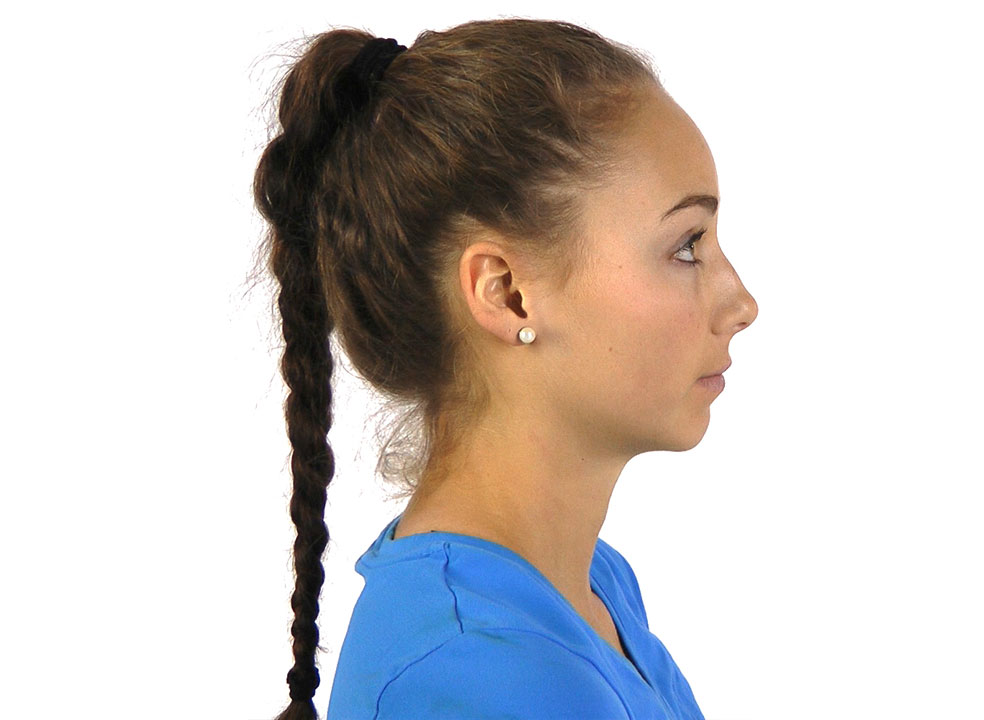
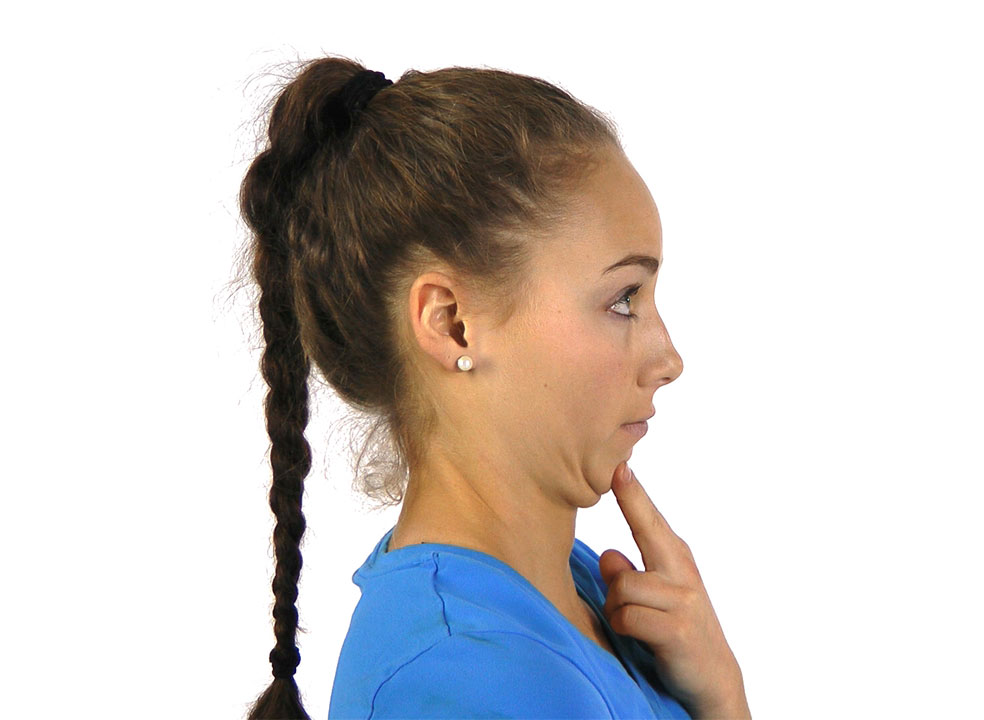
Stand or sit up tall. Focus on an object at eye level while slowly moving your head back over your shoulders and tuck your chin in. Gently guide the movement with your hand on your chin. Hold for 3 seconds then relax and return to the initial position. Repeat 5-10 times, 3 times per day.
2. Shoulder blade squeeze
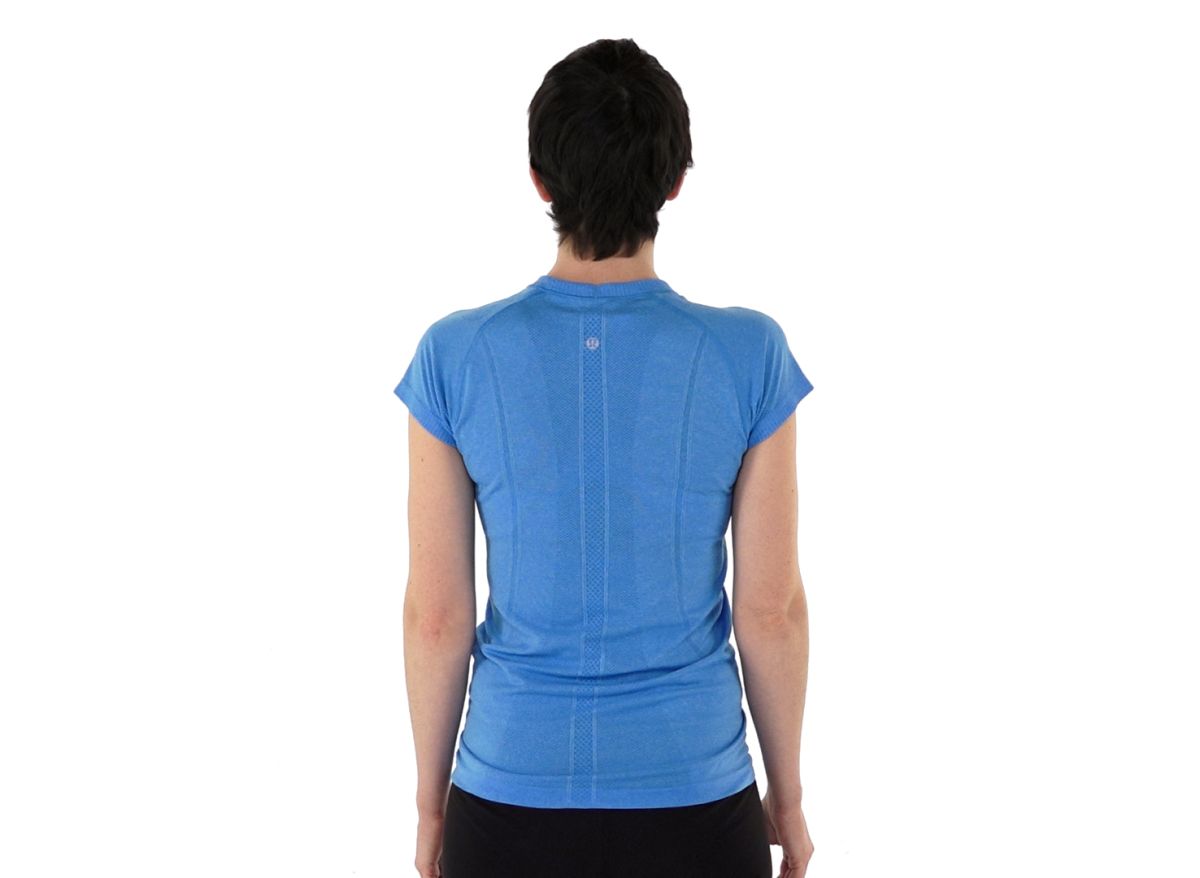
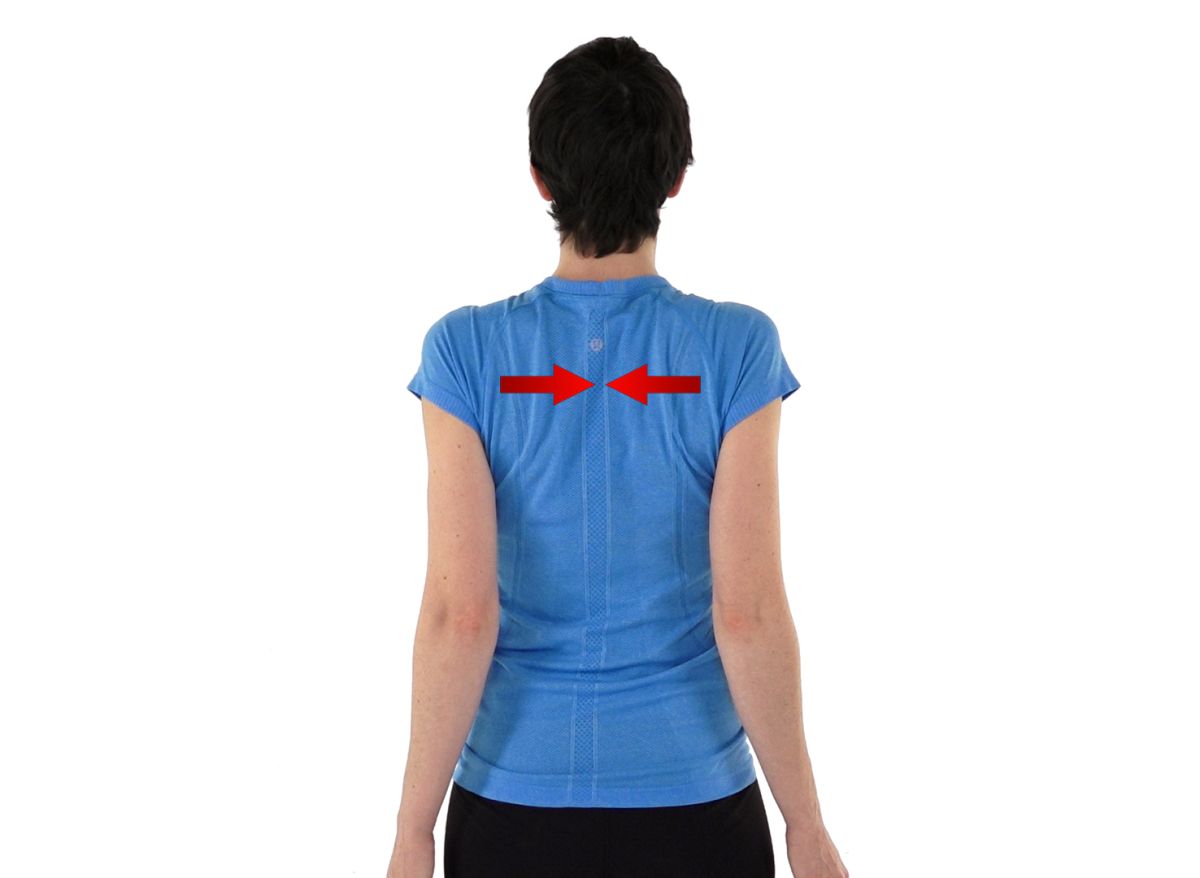
In sitting or standing, tuck your chin in slightly and keep your spine tall. With your arms relaxed by your side squeeze your shoulder blades back, down and together. Hold for 3 seconds then relax and return to the initial position. Repeat 5-10 times, 3 times per day.
3. Chest stretch in doorway
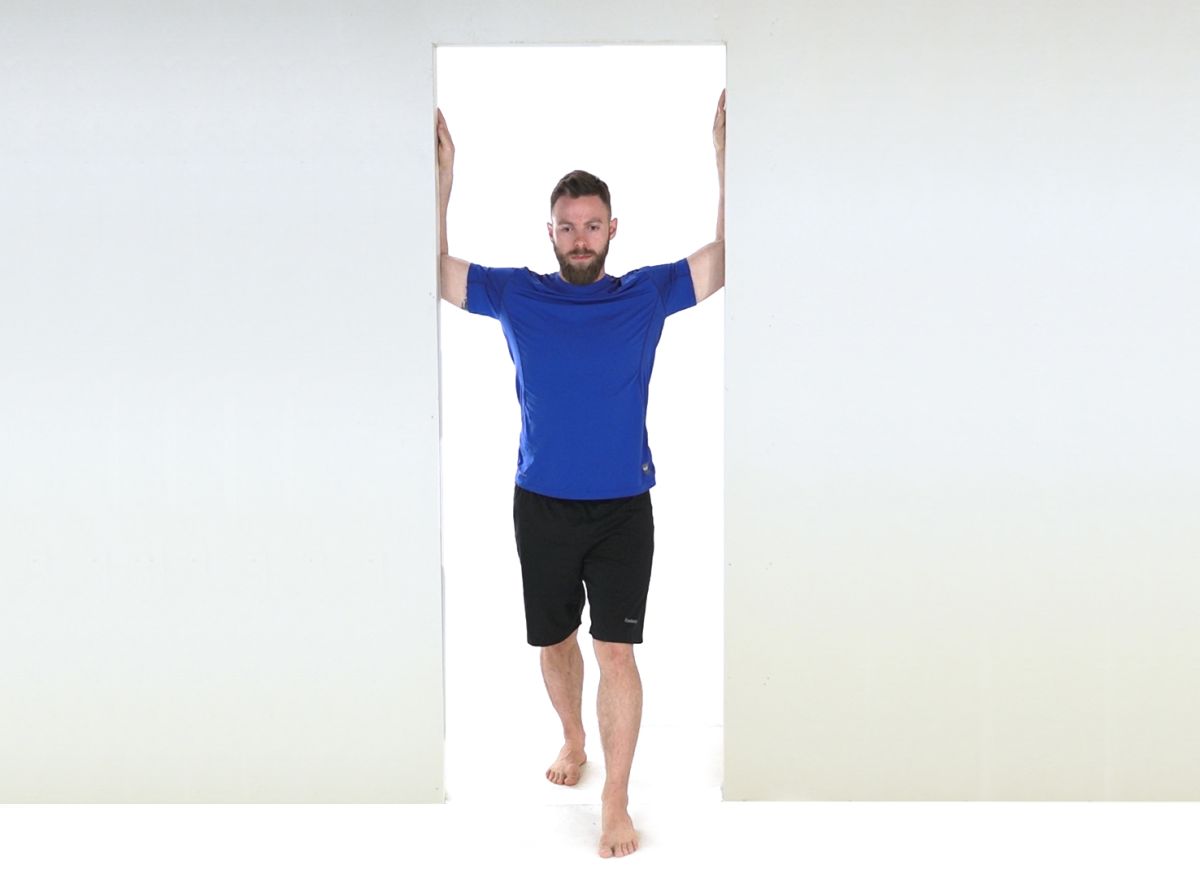
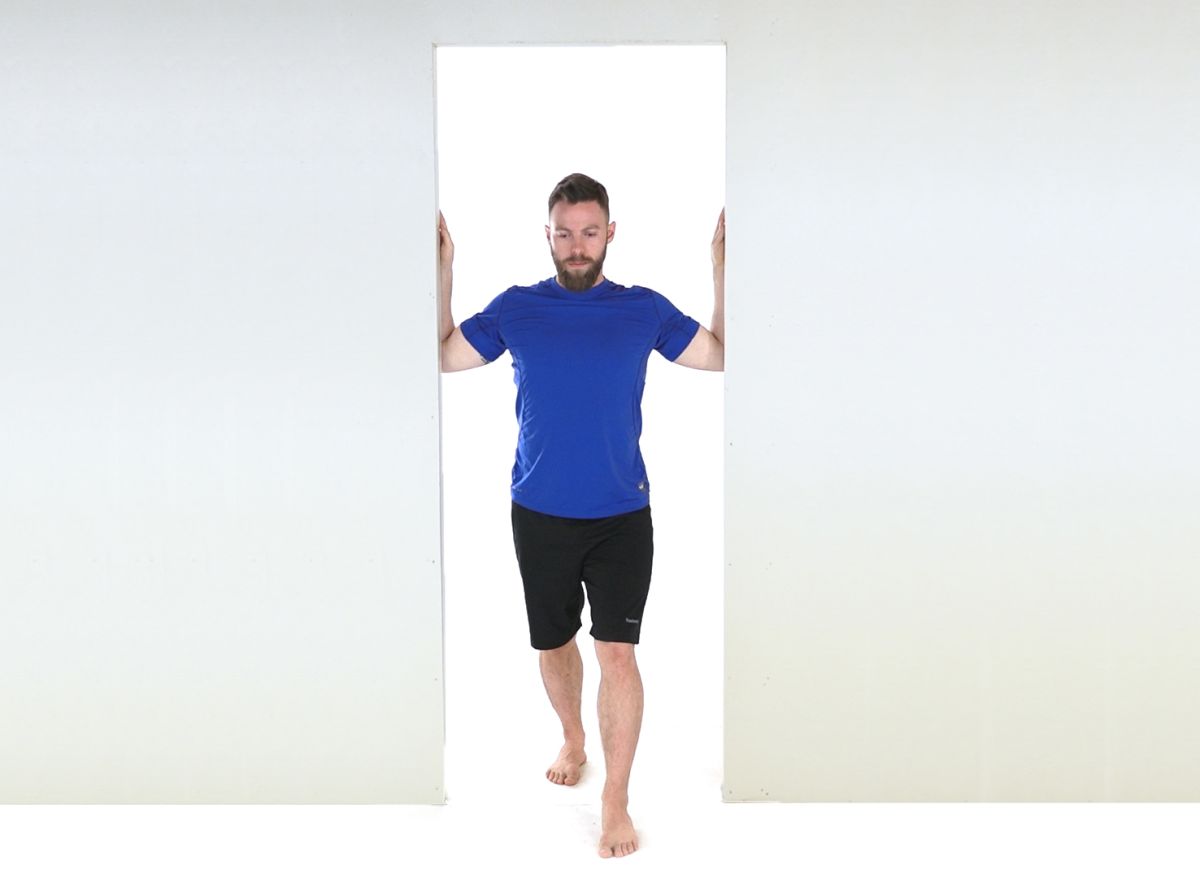
Stand in a doorway with your forearms on each side of the door with your elbows at shoulder height and bent to 90 degrees. Position your feet in a stride stance, one foot in front of the other, shoulder width apart. Slowly step through the doorway keeping your chest upright until you feel a gentle pulling sensation in the chest. Hold the stretch position for 30-60 seconds while focusing on relaxing your body and continuing to breathe in a relaxed manner. Repeat 3-5 times, 3 times per day.
4. Wall angels
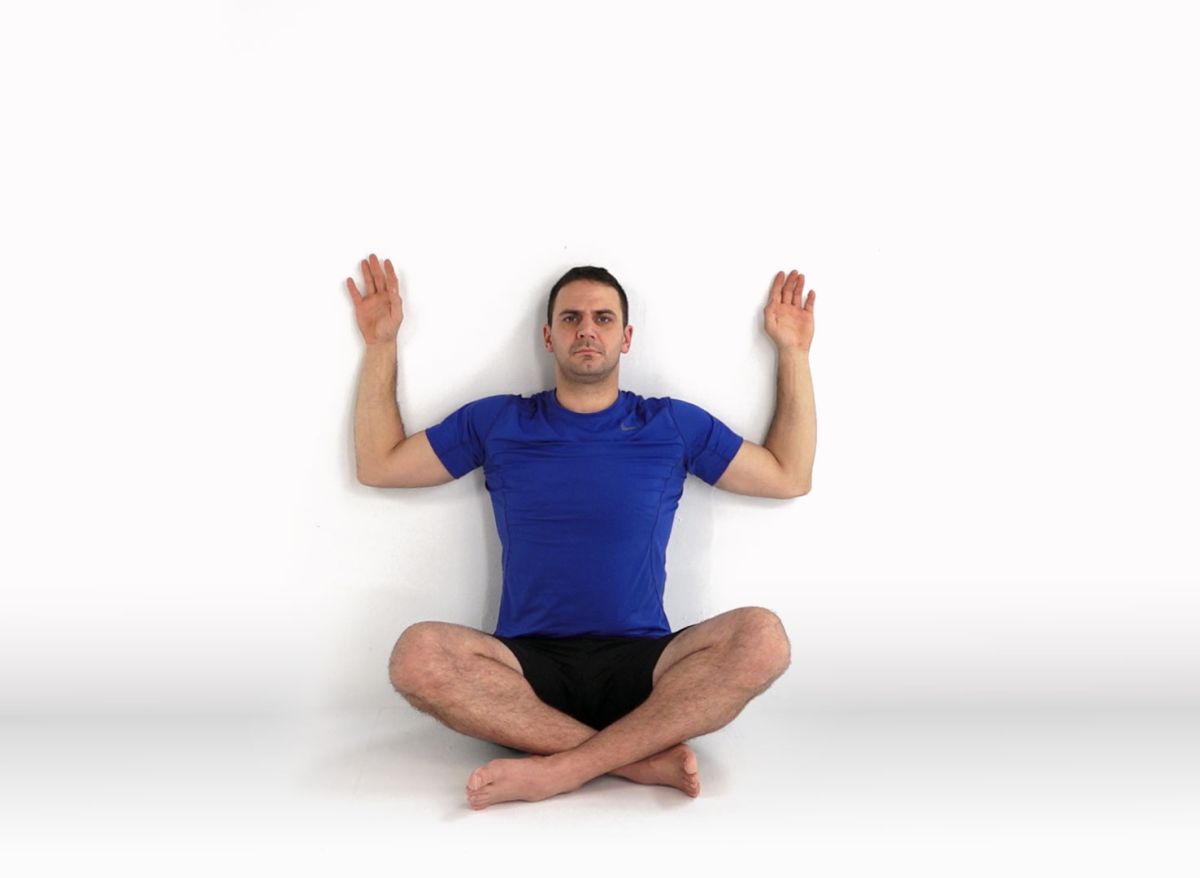

Stand or sit on the floor with your back and buttocks against the wall. Position your shoulders and elbows in a 90-degree bend and place your head (chin in), shoulders, elbows and wrists against the wall or as close to the wall as you can. Keeping as much of the body as possible in contact with the wall, slowly slide your arms upward along the wall. Breath normally during movement and slowly return to the initial position. Repeat 10-15 times, 1-3 times per day.
A Lifemark clinician can help
A Lifemark physiotherapist or chiropractor can help you manage symptoms, reduce pain and improve posture by conducting an assessment and providing you with an individualized treatment plan that may include manual therapies, exercise, or soft tissue work / massage therapy.
To find a clinic near you check out our locations page or click here to book your appointment online.
Author Details
Reg. PT., M.Sc.PT., H.B.K. | National Director of Program Development, Specialty Services
Related Articles
Exercise strategies and activities to help you work out at home
Tips to stay safe and prepare for winter activities this year
Treating an acute injury? Go for M.E.A.T. over R.I.C.E.
Special Olympics athletes and the importance of support
Working with Special Olympics athletes as a physiotherapist
The forward fold stretch: the perfect exercise if you work at a desk all day
How to use a tennis or lacrosse ball to relieve acute muscle pain
Cervicogenic dizziness: how to know if your dizziness is coming from your neck?
How swimmers can prevent and manage shoulder injuries
Paddling Basics: Stay Dry and Injury-Free on the Water
Fore! Get on the green and keep your swing healthy
Know your Pilates - clinical Pilates versus traditional Pilates
Let's keep in touch!
SIGN UP TO GET HEALTH AND WELLNESS INFO RIGHT TO YOUR INBOX
Subscribe to receive the latest health and wellness news and information in your inbox every month.
By subscribing you agree to our privacy policy. You can unsubscribe at any time.


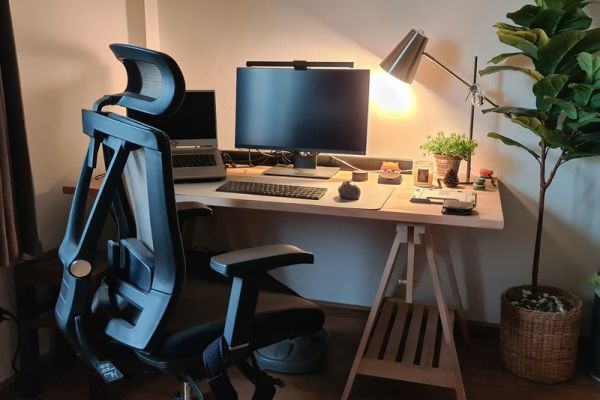
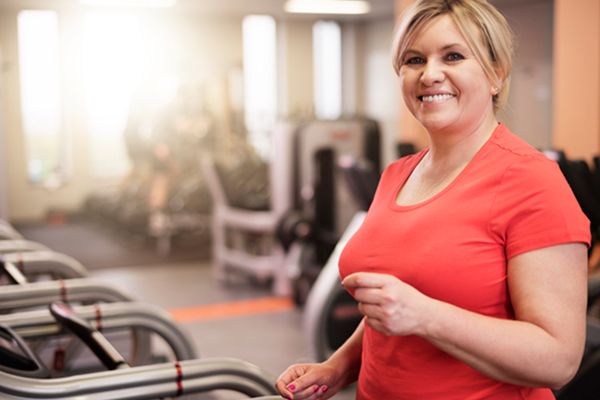
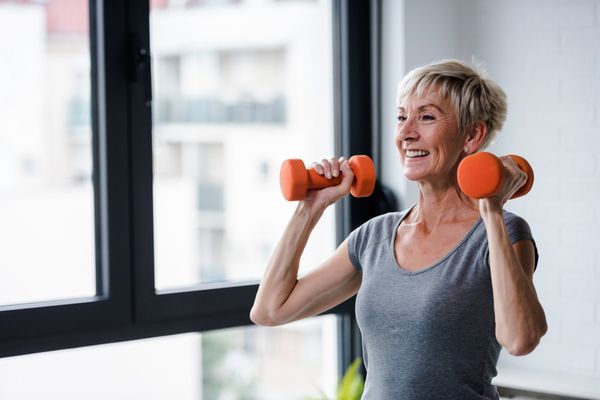










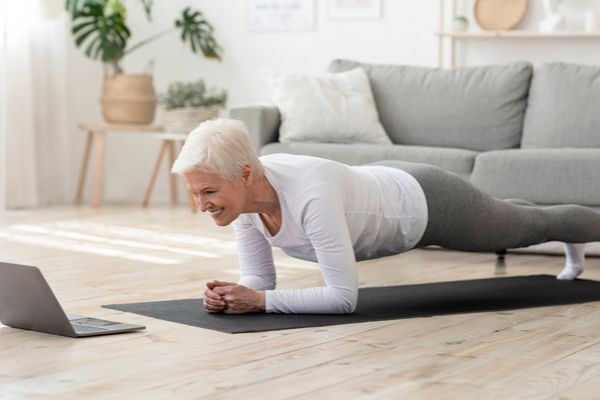








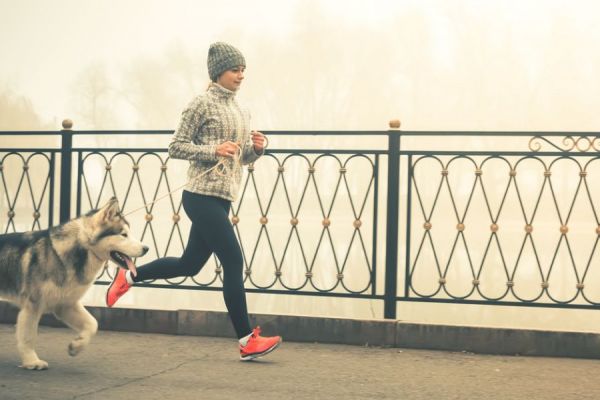

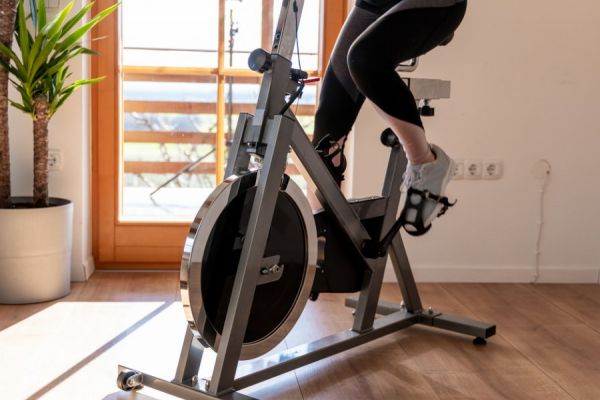


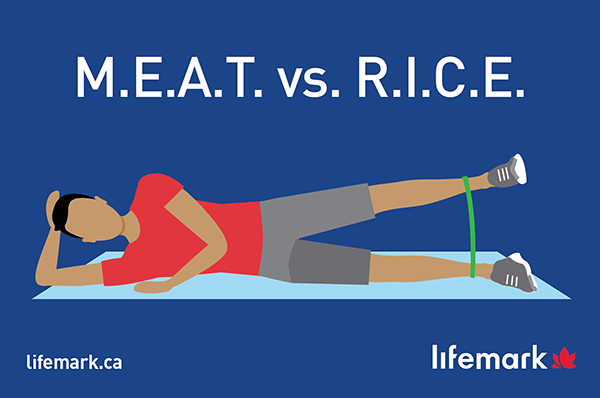
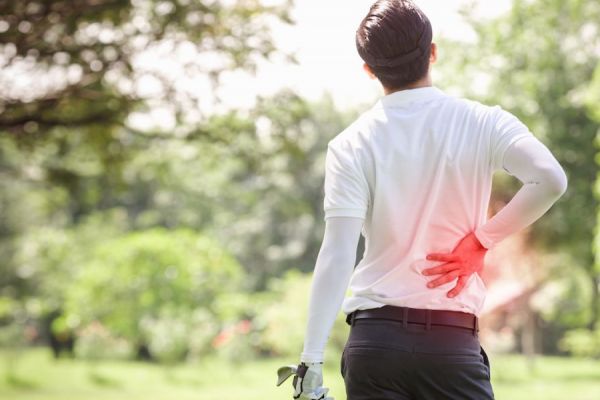

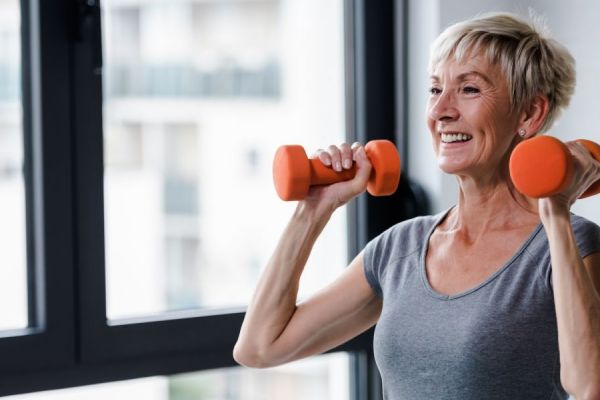


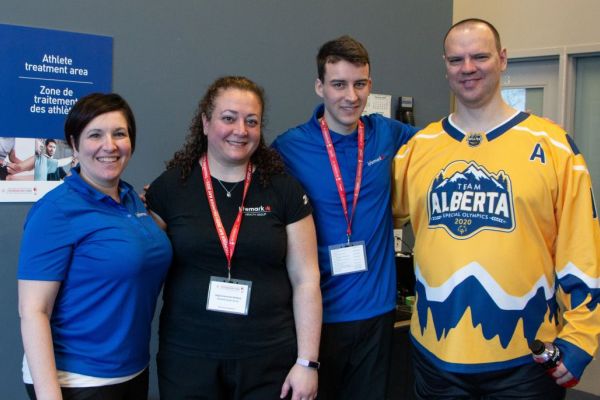






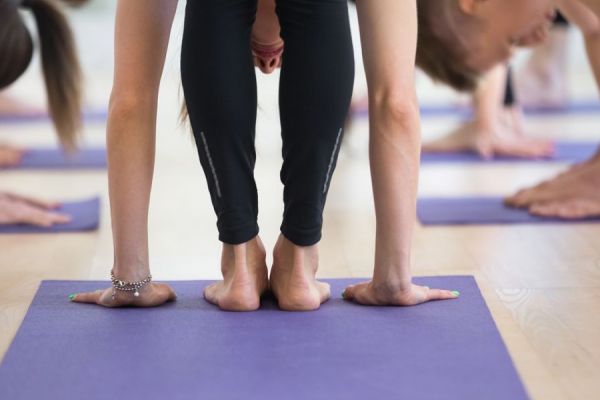





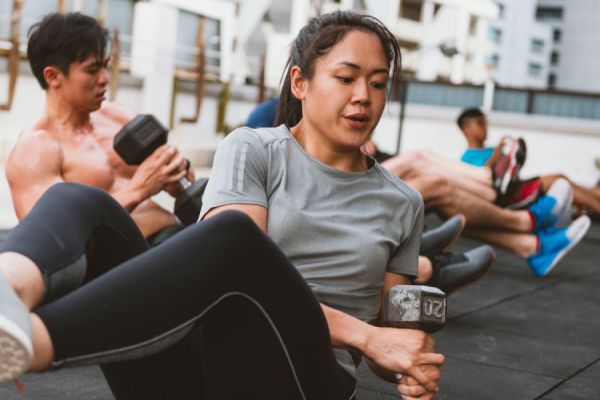
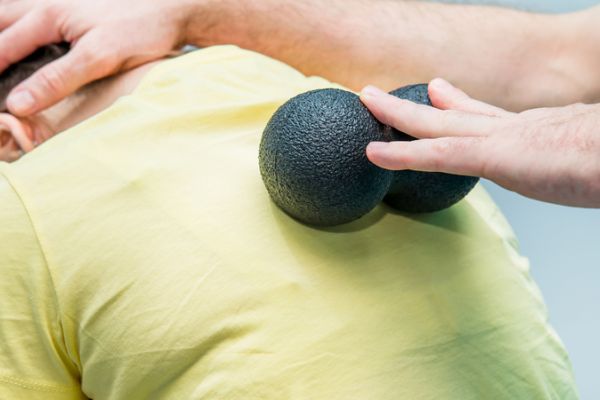











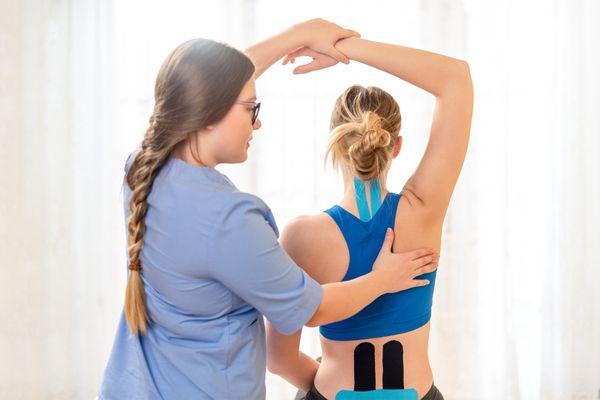

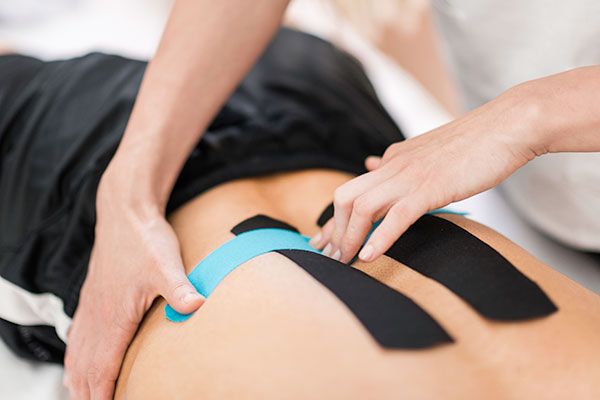


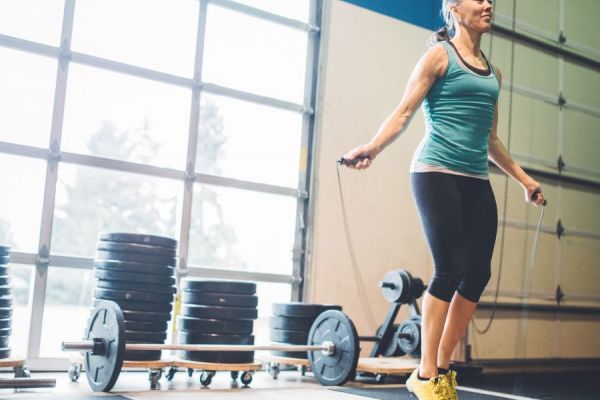


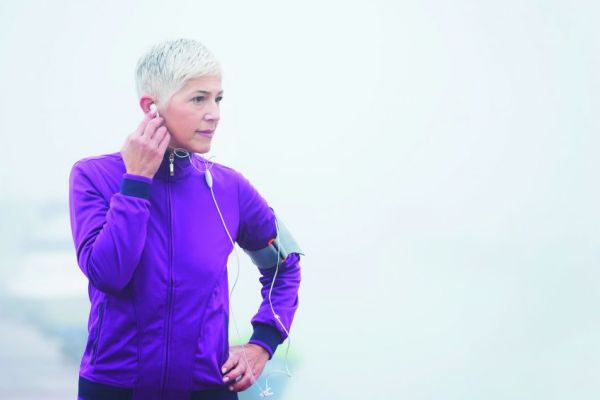





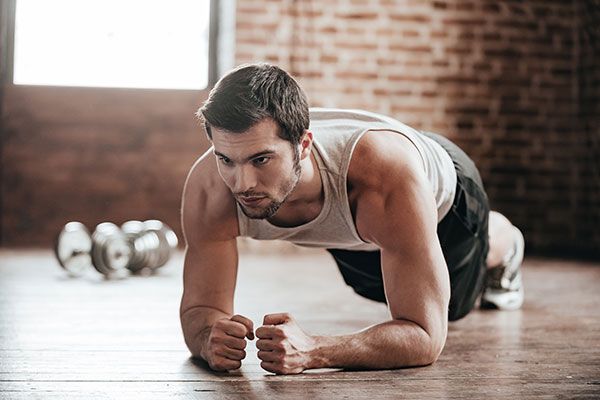
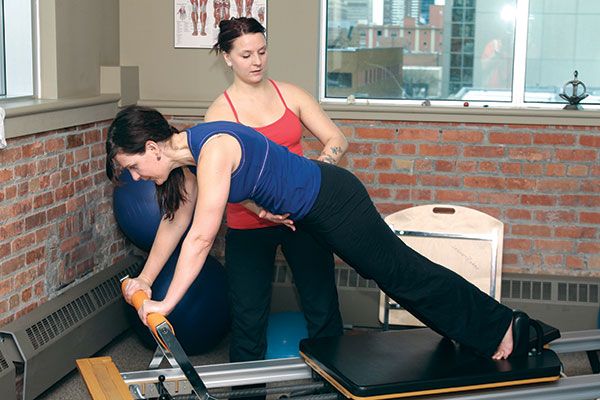


We can help you move and feel better.
Book an appointment today.